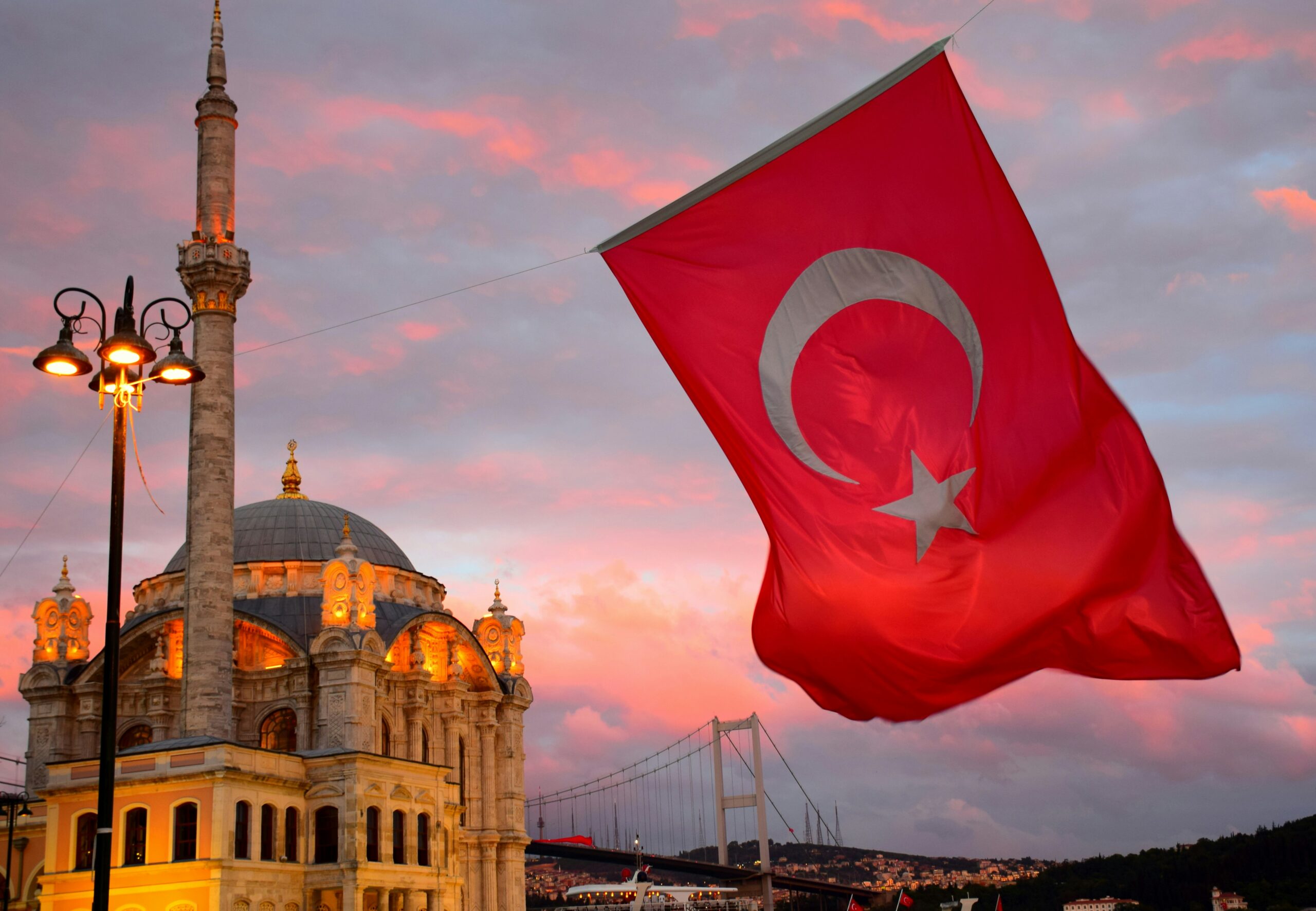Scrolling through social media feeds often feels like flipping through a digital diary—candid moments, honest confessions, and spontaneous snapshots. Yet beneath the surface lies a complex cultural shift where influencer culture blurs the line between genuine expression and brand strategy. The growing demand for authenticity has ironically led to its commercialization, as influencers craft carefully managed personas designed to appear real. This phenomenon reflects deeper sociological questions: How do we define authenticity in a digital world? And what happens when “being real” becomes a product?
What Is Influencer Culture?
Influencer culture represents the rise of individuals who gain social and economic capital by cultivating an online presence. These influencers—ranging from fashion gurus to fitness experts—build trust with audiences by offering a glimpse into their “real lives.” Their influence stems not from traditional fame, but from perceived relatability and emotional connection.
The trust between influencer and follower is central. Audiences don’t just consume content—they form parasocial relationships, feeling as if they know the influencer personally. This emotional bond becomes a powerful marketing channel for brands, who seek to tap into the influencer’s credibility to reach niche audiences.
Authenticity as a Marketable Commodity
Once a moral or existential value, authenticity has become a branding strategy. Influencers are often expected to “be themselves,” yet their content is increasingly structured around what sells. Here are a few key dynamics that reveal how authenticity is being commodified:
1. Vulnerability as a Performance
Openly discussing mental health, body image, or personal struggles can feel empowering—but it can also become a calculated move to generate engagement. “Real talk” posts often go viral not only because they resonate emotionally, but because platforms reward them algorithmically.
2. Aesthetic Realism
Ironically, appearing authentic now requires following an aesthetic: unfiltered lighting, casual poses, and storytelling captions. The “effortless” look is often the product of planning, editing, and strategy.
3. Sponsored Sincerity
Brand deals increasingly encourage influencers to maintain their authentic voice. Phrases like “I only share products I truly love” have become standard disclaimers—yet they still reflect a transactional context.
The Role of Social Media Algorithms
Social media platforms like Instagram, TikTok, and YouTube prioritize engagement, not truth. Their algorithms reward content that keeps users scrolling, often pushing posts that evoke strong emotions—such as authenticity, outrage, or intimacy.
This results in a paradox: influencers must continuously perform authenticity to remain visible. Over time, the need to stay relevant can pressure content creators into oversharing or dramatizing their personal lives, even when it compromises their mental well-being.
Societal Impacts of Branded Authenticity
The commodification of authenticity is not just a digital phenomenon—it reflects broader societal transformations:
- Consumer Identity: People now form parts of their identity around which influencers they follow. Liking, commenting, and buying products becomes a way of participating in a lifestyle.
- Shifting Norms: What it means to be “real” is being redefined. Vulnerability, once private, is now expected. Success is measured in likes and sponsorships.
- Social Inequality: The influencer economy tends to favor those with access to aesthetic spaces, devices, time, and cultural capital—reproducing social hierarchies in a digital form.
Case Studies and Real-World Examples
Emma Chamberlain
Once known for her raw, unedited vlogs, Emma built her brand on being “relatable.” Over time, she transitioned into high fashion and luxury partnerships—leading some followers to feel she had lost her authenticity. Yet her brand evolution reflects the economic realities of sustaining a career as an influencer.
“Deinfluencing” Trend
A recent trend on TikTok involves influencers urging followers not to buy products. While positioned as anti-consumerist, it still revolves around influencer visibility and often includes alternative brand suggestions—ironically reinforcing the same commercial cycle.
Authentic Self Online
Influencer culture has fundamentally altered how we understand authenticity. What began as a movement for transparency and connection now operates within the structures of capitalism and performance. Authenticity is no longer just a virtue—it’s a strategy, a commodity, and often, a necessity for digital survival.
As digital citizens, we must ask: Are we engaging with content because it’s genuine—or because it’s designed to feel that way? And how can we reclaim authenticity in a world where being yourself has become a brand?
🔗 Recommended External Source:
Duffek, B., Eisingerich, A. B., Merlo, O., & Lee, G. (2025). Authenticity in Influencer Marketing: How Can Influencers and Brands Work Together to Build and Maintain Influencer Authenticity?
Based on 185 interviews, this Journal of Marketing study explores the five key properties—expertise, connectedness, originality, transparency, integrity—that define authenticity in influencer‑brand collaborations.
🔗 Summary available via Georgia State University





Bir yanıt yazın